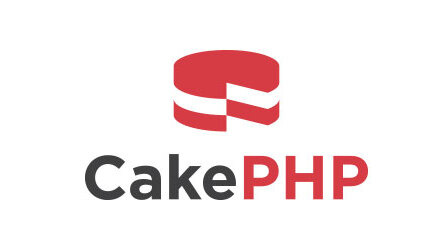Introduction to CakePHP
A PHP framework for quick development that is open-source is called CakePHP. The Model-View-Controller (MVC) architecture serves as its foundation, dividing the application logic (controllers) and business logic (models) from the display layer (views). Complex web application development and maintenance are facilitated by this.
CakePHP comes with a variety of built-in features, such as:
- ORM for database access and manipulation
- Routing and dispatching
- Templating system
- Validation
- Security
- Caching
- Internationalization and localization
- Session management
- Email sending
Additionally, CakePHP is very adaptable, enabling programmers to add new features to the framework. Because of this, it’s a fantastic option for creating a variety of web applications, from straightforward webpages to intricate e-commerce systems.Read our other post at codingshikho.com
Essential CakePHP Concepts
The Model-View-Controller (MVC) architecture is the foundation of CakePHP. The Model-View-Controller (MVC) style of software design divides the business logic (models) and application logic (controllers) from the display layer (views). Complex web application development and maintenance are facilitated by this.
CakePHP models are used to describe business logic and data. They often have methods for reading, writing, and validating data and are connected to a database table.
In CakePHP, views are in charge of showing the user’s data. Usually written in PHP and HTML, they can provide dynamic content by utilizing the built-in template engine of CakePHP.
In CakePHP, controllers respond to user requests by interacting with models and views to produce the necessary output. They handle processing user input, updating models, and forwarding requests to the relevant views.
In addition to MVC, there are a number of other essential concepts in CakePHP, including:
- Conventions over configuration: There are certain rules that CakePHP adheres to for naming files, structuring code, and communicating with databases. As a result, less configuration is required, which facilitates learning and using the framework.
- Components: Reusable code segments known as components can be added to controllers to offer extra features like caching, authentication, and authorization.
- Helpers: Helpers are functions that are used in views for formatting dates and numbers as well as generating common HTML components.
These are just a few of the essential concepts in CakePHP. For more information, please refer to the official CakePHP documentation.
Building Dynamic Web Applications
Building dynamic web applications requires a combination of skills and knowledge, including:
- Front-end development: This includes the application’s user interface, which is made using HTML, CSS, and JavaScript.
- Back-end development: This includes creating the application’s server-side logic using programming languages like PHP, Python, or Ruby.
- Database management: Creating and maintaining a database to hold the data for the application is part of this.
- Web hosting: This covers the capability of running the application on a web server and keeping it up to date.
You can begin developing your dynamic web application as soon as you have acquired the required abilities and information. In general, follow these steps:
- Plan your application. This includes defining the features and functionality of your application, as well as the user experience.
- Design your database. This includes creating a database schema to store the application’s data.
- Develop the back-end logic. This includes writing the code to handle user requests, process data, and interact with the database.
- Develop the front-end interface. This includes writing the HTML, CSS, and JavaScript code to create the user interface of the application.
- Test and debug your application. This includes testing all of the features and functionality of your application, and fixing any bugs that you find.
- Deploy your application. This includes uploading the application files to a web server and making it accessible to users.
Advanced CakePHP Features
With its many built-in capabilities, including many sophisticated ones that can assist you in creating intricate and scalable web applications, CakePHP is a potent PHP framework. Here are few instances:
- ORM with associations: Object-relational mapping, or ORM (CakePHP) makes it simple to use objects to interface with databases. To depict relationships between various data tables, you can define linkages between models.
- Data validation: To assist you make sure that the data submitted by your users is accurate and comprehensive, CakePHP comes with a number of built-in data validation capabilities.
- Security: CakePHP comes with several security features including input validation and CSRF protection to help shield your apps from attacks.
- Caching: Numerous built-in caching features are available in CakePHP to help your applications run more smoothly.
- Internationalization and localization (i18n/l10n): Your applications may be easily localized and internationalized with CakePHP, enabling users worldwide to use them.
- Session management: You can track user behavior across several pages with CakePHP’s built-in session management features.
Conclusion
To sum up, CakePHP is a strong framework for PHP web applications that is available for free and simplifies development by prioritizing convention over configuration. It has many features, such as database access, MVC design, and security elements. Because of its extensive documentation and vibrant community, CakePHP is still a dependable option for effective web development.
